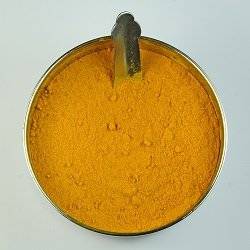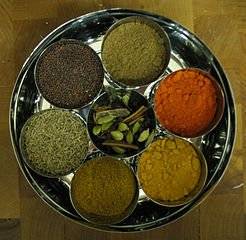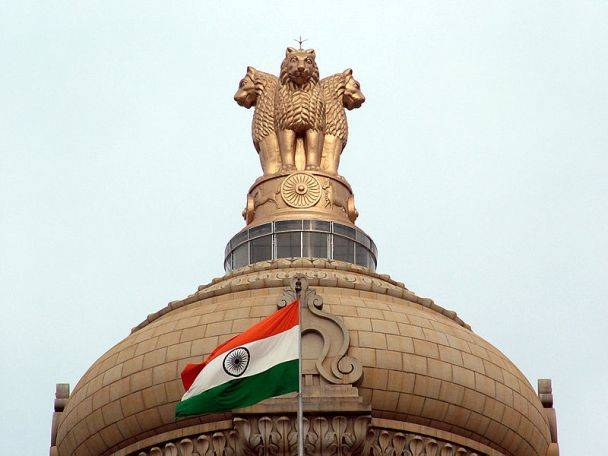First Publication Date: 16th January 2010
This is in furtherance of the post on opening the Traditional Knowledge Digital Library (TKDL) for public access in order to further research and development of traditional knowledge. As I had stated in my post, making TKDL available under an open source model would enable the development of traditional knowledge and also safeguard the interests of traditional knowledge holders ("Holders"). The model I am proposing hereunder is based on the success of the…





